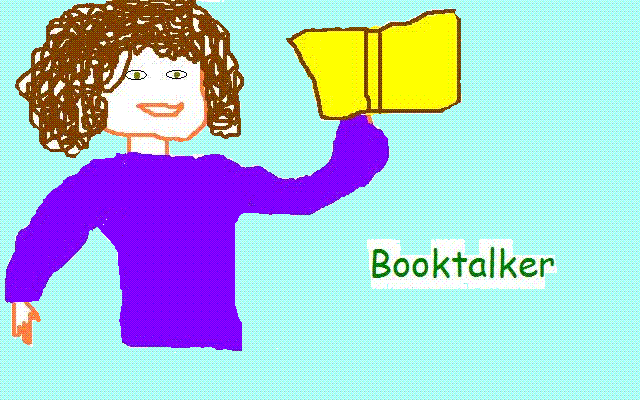| How
do you know when something is true, when it has been proven without a doubt?
What if someone else can prove that the opposite is true? With a scientific
proof, it must be easy to tell which theory is correct, right? That's what
your science textbook might tell you.
What if you prove something
just by talking and writing about it, about the theory of it, but you never
prove it in a physical experiment. Is it still true? And more importantly,
will your science teacher buy it?
For years, scientists have
thought (and the rest of us have been taught) that E=MC2, that a scientist
named Albert Einstein knew exactly what he was doing. Energy = Mass times
the speed of light squared.
WHAT??!!
Basically, Einstein proved
how the universe works and described the general theory of relativity,
how the mass of an object converts into energy. Kind of like how a really
large hockey player will be able to hit harder than a littler one. The
size (mass) of the larger object would naturally contain more power (energy)
than the smaller object. Okay, still with me?
Since Einstein had looked at
he big picture of the universe, other scientists decided to look at the
smallest bits, the atom and subatomic particles (particles that make up
atoms or that are even smaller than atoms). They figured these would fit
in with Einstein's E=MC2 thoughts, that small things would act like larger
things, just on a smaller scale. Seems logical. Trouble is, they proved
the opposite!
So if one of them is right
about the big stuff, and the other one is right about the little stuff,
which one is really right?"
Mary McCarthy, Colorado
Blue Spruce YA Book Award, 2003) |
